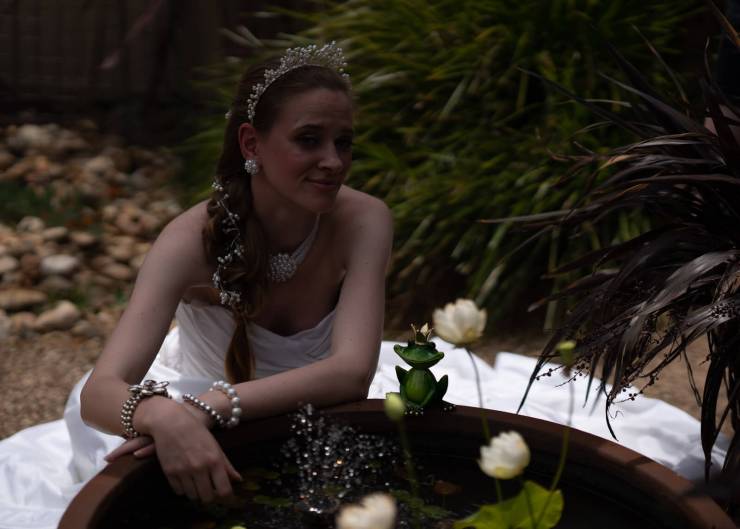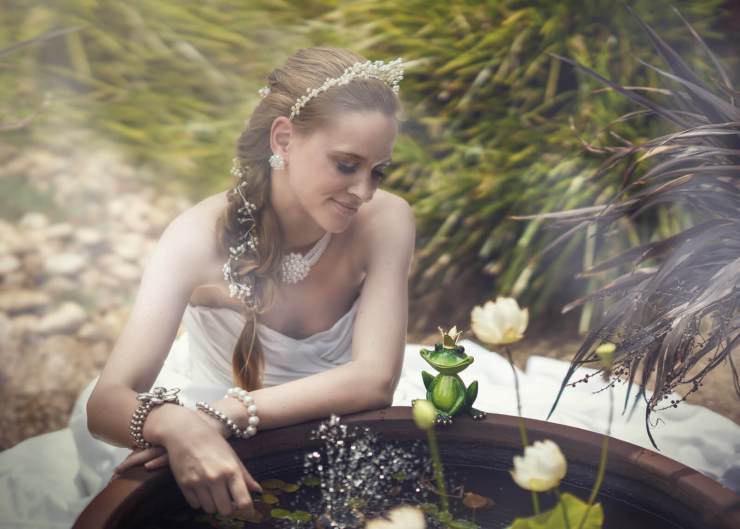Photography is a beautiful art form that allows us to capture and preserve moments, memories and emotions. However, just like any other art form, there are certain rules and principles that need to be followed to create a truly great photograph. Unfortunately, some photographers commit what could be considered “unforgivable photography sins,” which can ruin a photograph. Let’s look at some of these and how to avoid them.
Poor Composition
.mgl-tiles { display: none; } #mgl-gallery-63f37bcdcf293 { margin: -2.5px; width: calc(100% + 5px); } #mgl-gallery-63f37bcdcf293 .mgl-box { padding: 2.5px; } @media screen and (max-width: 768px) { #mgl-gallery-63f37bcdcf293 { margin: -2.5px; width: calc(100% + 5px); } #mgl-gallery-63f37bcdcf293 .mgl-box { padding: 2.5px; } } @media screen and (max-width: 460px) { #mgl-gallery-63f37bcdcf293 { margin: -2.5px; width: calc(100% + 5px); } #mgl-gallery-63f37bcdcf293 .mgl-box { padding: 2.5px; } }
Poor Composition
Look for a better composition
Composition is one of the most important aspects of photography. A poorly composed photograph can make even the most beautiful subject look unappealing. A photograph with poor composition often lacks balance, symmetry, and visual interest. To avoid this sin, take the time to study and practice composition techniques. Learn about the Rule of Thirds, leading lines, symmetry, and other composition techniques that can add interest and depth to your photographs.
Over-editing
.mgl-tiles { display: none; } #mgl-gallery-63f37bcdcfb8a { margin: -2.5px; width: calc(100% + 5px); } #mgl-gallery-63f37bcdcfb8a .mgl-box { padding: 2.5px; } @media screen and (max-width: 768px) { #mgl-gallery-63f37bcdcfb8a { margin: -2.5px; width: calc(100% + 5px); } #mgl-gallery-63f37bcdcfb8a .mgl-box { padding: 2.5px; } } @media screen and (max-width: 460px) { #mgl-gallery-63f37bcdcfb8a { margin: -2.5px; width: calc(100% + 5px); } #mgl-gallery-63f37bcdcfb8a .mgl-box { padding: 2.5px; } }
Over edited
Subtle tweaks
Post-processing is an essential part of digital photography. However, over-editing can make a photograph look unnatural and unappealing. This includes excessive use of filters, saturation, sharpening and other editing tools that can make a picture look overdone. Instead, aim to make subtle adjustments that enhance the natural beauty of the photograph, rather than completely altering it.
Lack of focus
.mgl-tiles { display: none; } #mgl-gallery-63f37bcdd0277 { margin: -2.5px; width: calc(100% + 5px); } #mgl-gallery-63f37bcdd0277 .mgl-box { padding: 2.5px; } @media screen and (max-width: 768px) { #mgl-gallery-63f37bcdd0277 { margin: -2.5px; width: calc(100% + 5px); } #mgl-gallery-63f37bcdd0277 .mgl-box { padding: 2.5px; } } @media screen and (max-width: 460px) { #mgl-gallery-63f37bcdd0277 { margin: -2.5px; width: calc(100% + 5px); } #mgl-gallery-63f37bcdd0277 .mgl-box { padding: 2.5px; } }


Focusing is crucial in photography. An out-of-focus photograph is usually considered unusable, although may be considered “creative” by some. Whether you are using manual or autofocus, ensure that your subject is in sharp focus and blur any distracting elements in the background. When photographing a person, always focus on the eyes, as they are the most important element of the face.
Poor lighting
.mgl-tiles { display: none; } #mgl-gallery-63f37bcdd09a9 { margin: -2.5px; width: calc(100% + 5px); } #mgl-gallery-63f37bcdd09a9 .mgl-box { padding: 2.5px; } @media screen and (max-width: 768px) { #mgl-gallery-63f37bcdd09a9 { margin: -2.5px; width: calc(100% + 5px); } #mgl-gallery-63f37bcdd09a9 .mgl-box { padding: 2.5px; } } @media screen and (max-width: 460px) { #mgl-gallery-63f37bcdd09a9 { margin: -2.5px; width: calc(100% + 5px); } #mgl-gallery-63f37bcdd09a9 .mgl-box { padding: 2.5px; } }
Poor Lighting
Add a speedlight or reflector
Lighting is essential in photography, as it can make or break a photograph. Poor lighting can result in underexposed or overexposed photographs. Or it can lead to lack of contrast, detail and depth. To avoid this sin, pay attention to the lighting in your environment and adjust your camera settings accordingly. You can also use external lighting sources, such as flash or reflectors, to improve the lighting conditions.
Lack of originality
Photography is an art form that allows for endless creativity. So, it’s essential to bring your own unique perspective and style to your photographs. Avoid replicating cliché photographs or imitating the work of other photographers. Instead, experiment with different angles, perspectives and techniques to create your own original work. That doesn’t mean you shouldn’t draw inspiration from others. But remember, outright copying is often considered bad form. Always try to add your own take on the subject.

Check out these two articles on composition for more inspiration
- Composition in photography can be learned
- 7 photography composition rules to know for better photos
In conclusion, photography is a beautiful art form that requires practice, patience and a keen eye for detail. By avoiding these “unforgivable photography sins,” you can improve the quality of your photographs and take your photography skills to the next level. Remember to always focus on composition. Avoid over-editing. Ensure your subject is in sharp focus. Pay attention to lighting. And of course, bring your own unique perspective to your work.
Happy shooting!
Tell your story with the second annual Visual Storytelling Conference!
Experience four days of interactive, online training sessions featuring a range of educational content with experienced photographers and content creators. This free event kicks off with a series of technical boot camps to build essential skills, followed by live, online sessions on photography, video, business and social media. Join live from March 10-13, 2022!
